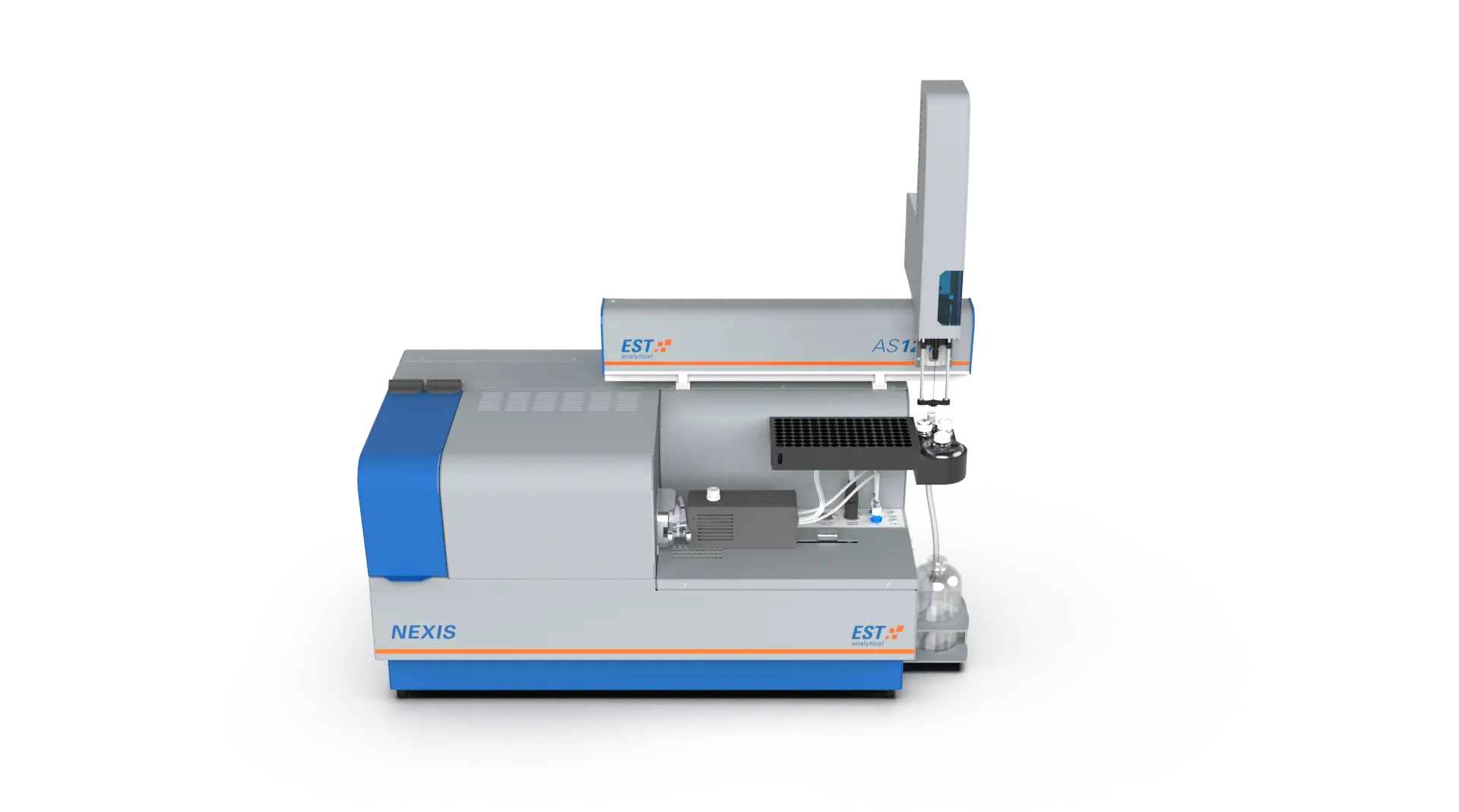
Chemiluminescence Detection
Chemiluminescence is a phenomenon in which a chemical reaction produces light energy. Chemiluminescence detection is a sensitive and reliable method used in analytical chemistry for the detection and quantification of various compounds. It involves the detection of the light emitted during a chemical reaction between a luminophore and a reagent, which is used to generate the chemiluminescent signal.
The detection of chemiluminescence can be carried out by various methods, including photomultiplier tubes, charge-coupled devices, and photodiodes. The most commonly used method is the photomultiplier tube, which is a highly sensitive device that can detect low levels of light.
Chemiluminescence detection is widely used in analytical chemistry for the detection and quantification of various analytes, including enzymes, hormones, drugs, and DNA. It is also used in the field of forensic science for the detection of blood and other biological fluids at crime scenes.
One of the advantages of chemiluminescence detection is its high sensitivity, which enables the detection of low levels of analytes. It is also a highly selective technique, as the chemiluminescent signal is specific to the reaction between the luminophore and the reagent. In addition, chemiluminescence detection is a rapid and simple technique that does not require any special equipment or complex sample preparation.
Overall, chemiluminescence detection is a powerful and versatile technique that has found numerous applications in various fields, including biomedical research, clinical diagnostics, environmental monitoring, and food analysis. Its high sensitivity, selectivity, and simplicity make it an attractive alternative to other detection methods.



